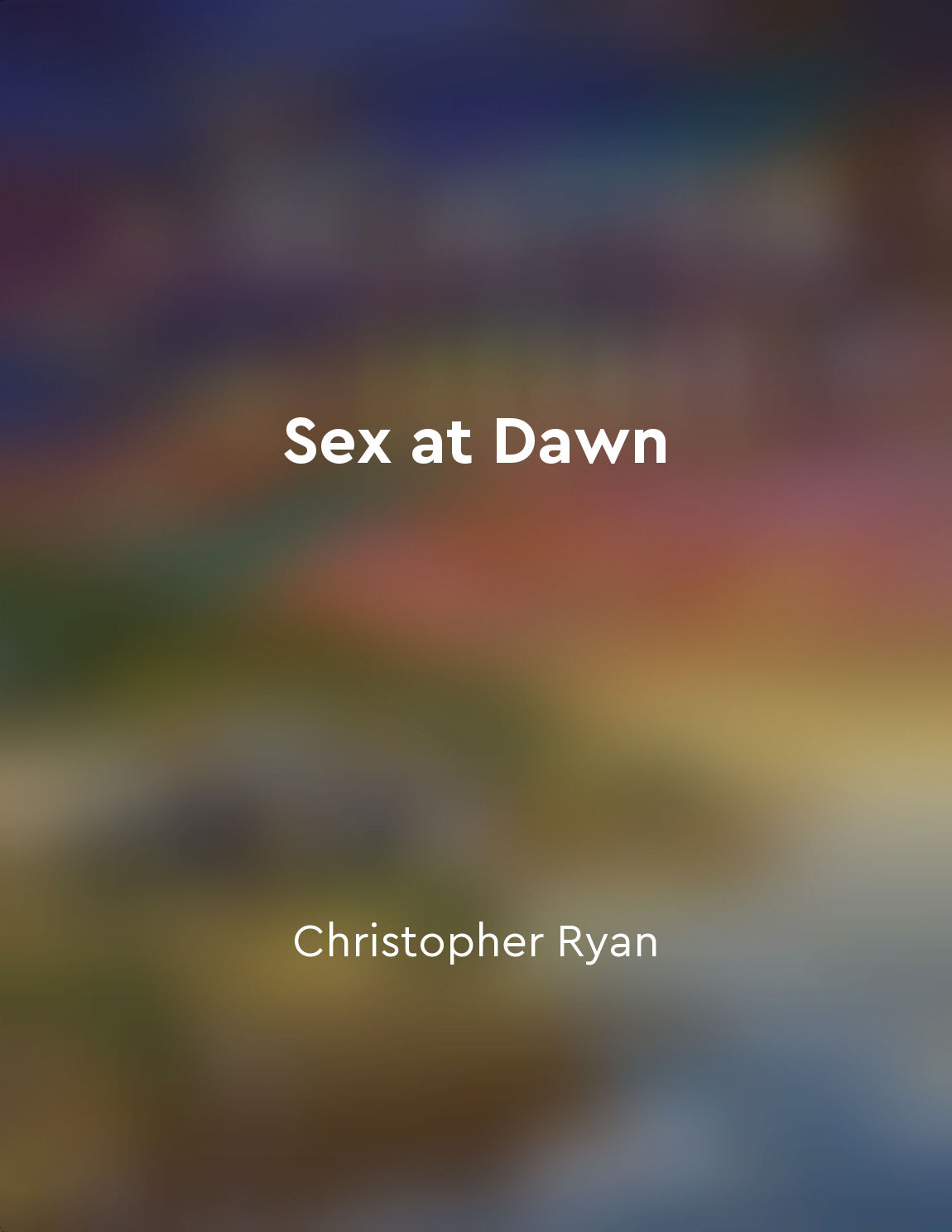Audio available in app
The nuclear family model is not a timeless or universal norm from "summary" of The Way We Never Were by Stephanie Coontz
The idea that the nuclear family model is an eternal and widespread norm is a deeply ingrained belief in many societies. However, historical and cross-cultural evidence challenges this assumption. The concept of a nuclear family consisting of a mother, father, and children living under one roof is a relatively recent development in human history. In fact, for much of human existence, extended families or kinship networks have been the prevailing social structure. These extended families often included not just parents and children, but also grandparents, aunts, uncles, cousins, and other relatives who played important roles in childcare, education, and support. The nuclear family model emerged in Western societies in the 19th and 20th centuries, influenced by industrialization, urbanization, and changes in economic structures. This shift was accompanied by a rise in individualism and the idea of the "ideal" family as a self-sufficient unit separate from the larger community. However, even within Western societies, the nuclear family has never been the universal norm. Different historical periods and social classes have had varying family structures, with factors such as poverty, migration, and social mobility influencing the composition and dynamics of families. Furthermore, the nuclear family model is not a timeless or universal norm across cultures. In many non-Western societies, extended families or communal living arrangements continue to be the predominant form of family organization. These societies place a high value on interdependence, cooperation, and mutual support among family members. The idea of a small, isolated nuclear family unit is often seen as undesirable or impractical in these contexts. The belief in the nuclear family as a timeless and universal norm can obscure the diversity and complexity of family structures throughout history and across cultures. It is important to recognize that family arrangements are shaped by social, economic, and cultural factors, and that there is no one-size-fits-all model for how families should be organized. By examining the historical and cross-cultural variations in family structures, we can gain a more nuanced understanding of the ways in which families have evolved and adapted to changing social conditions over time.Similar Posts

The myth of sexual exclusivity harms relationships
The idea that sexual exclusivity is essential for a successful relationship is deeply ingrained in our society. We are taught f...
Childhood memories
The memories of my childhood are like shards of glass scattered across the floor. Each one sharp and distinct, cutting into my ...

Agricultural revolution led to changes in human mating patterns
The Agricultural Revolution was a game-changer for human societies. When our ancestors transitioned from a nomadic, hunter-gath...
The traditional nuclear family model is not a universal standard
Throughout history, the idea of a traditional nuclear family has been idealized and portrayed as the norm in society. However, ...
Economic factors have played a significant role in shaping family dynamics
Economic factors have played a crucial role in shaping family dynamics throughout history. The changing economic landscape has ...
